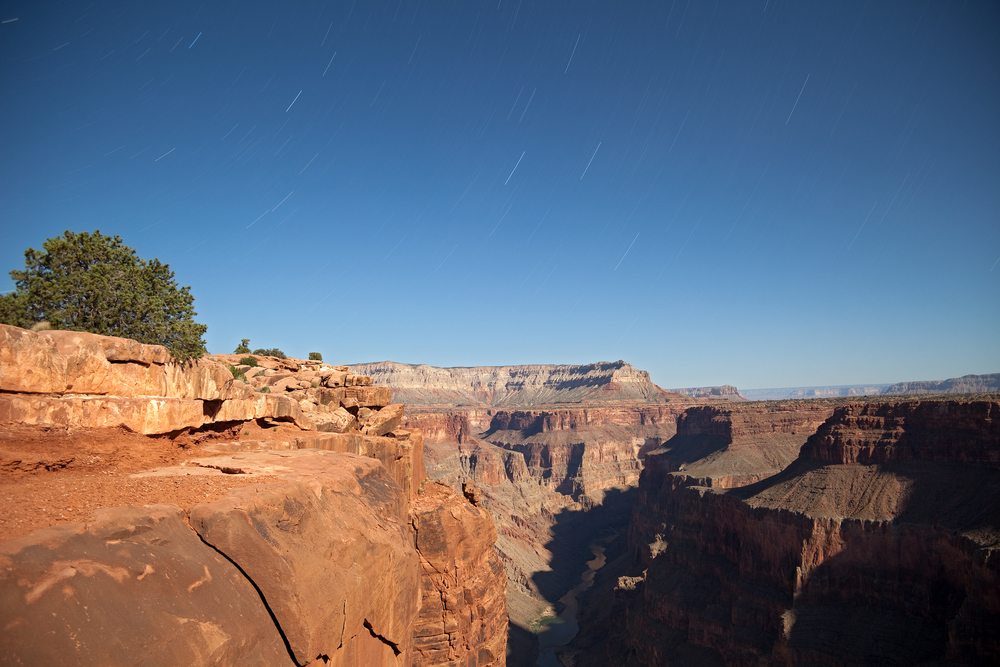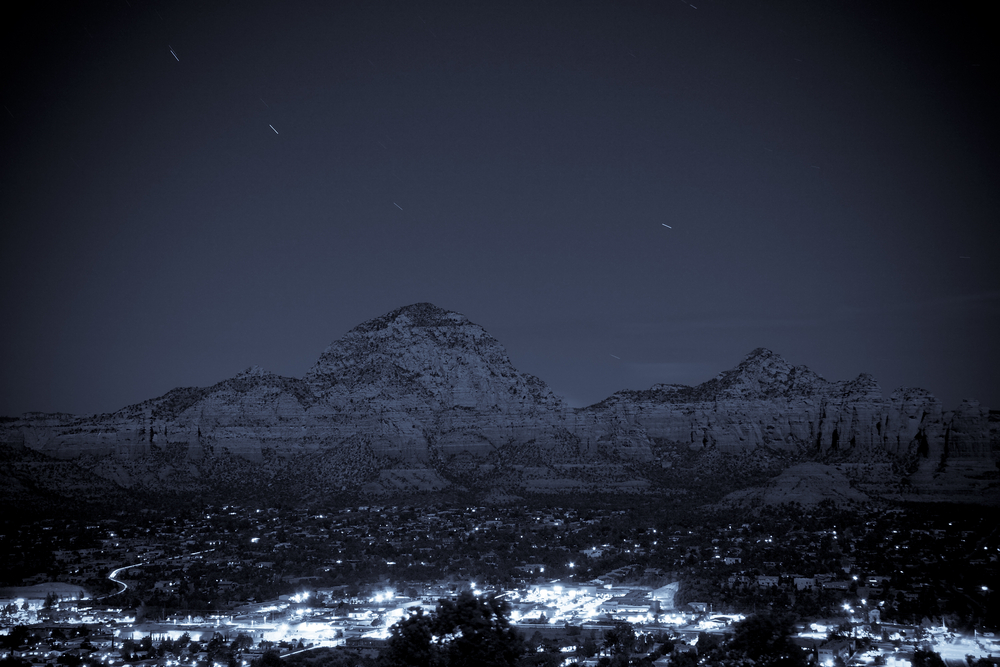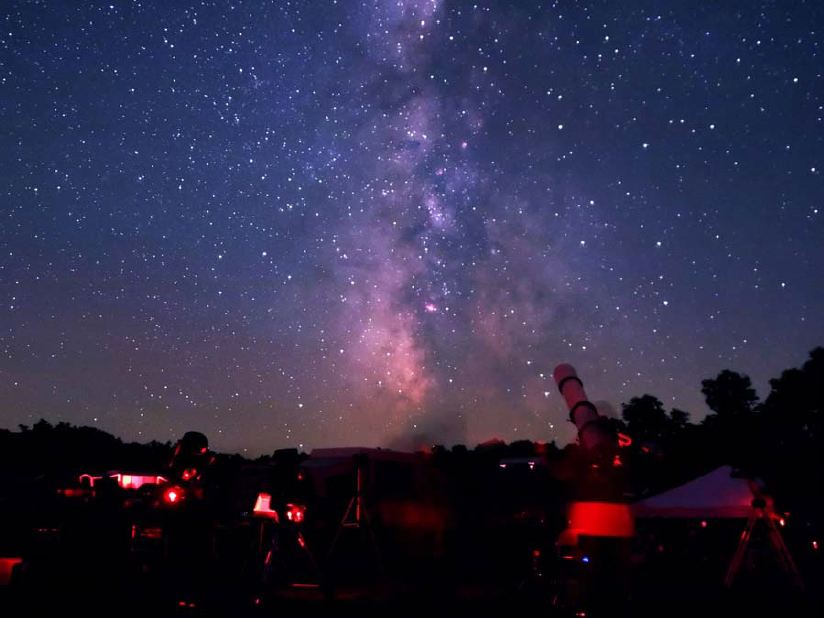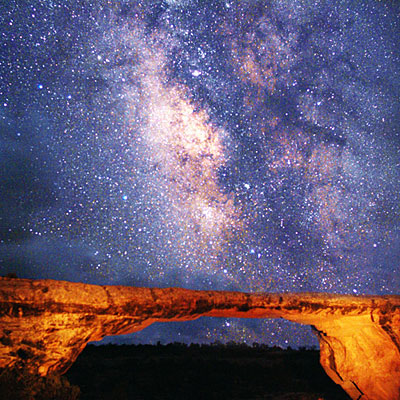6 Stellar Places for Skywatching in the US

Stargazing spots

Whether it's the Milky Way or a meteor shower you want to see, you need a dark, cloudless place with wide skies to best gaze up at the stars. It also helps when an area hosts "star parties" or gatherings for stargazing. Here are the top six places to see the night sky in the United States, most of which are in typically less cloudy skies the Southwest, although one excellent spot can be found on the East Coast.
The Grand Canyon Arizona

The North and South Rims of the Grand Canyon are an ideal place to skywatch, and the area has been known to host "Star Parties" to look into the heavens. At this national park, visitors can view the planet Saturn along with a variety of star clusters, galaxies and nebulae by night, and the sun and planet Mercury by day.
McDonald Observatory Jeff Davis County, Texas

The observatory can be found atop Mount Locke in Texas at an altitude of 6,700 feet (2,042 meters) above sea level. The high and dry peaks of the Davis Mountains, combined with the area's dark skies, make it ideal for skywatching. The observatory has a visitor's center where people can look through a variety of telescopes, and it hosts regular get-togethers open to the public. The observatory itself has a telescope that was once the second-largest in the world, thanks to a donation from a wealthy Texas banker.
Related: What are the Marfa Lights?
Sedona, Arizona

While many go Sedona, Ariz., for its "vortexes," or magnetic energy hotspots, the sky overhead is also quite a draw. With elevations above 4,500 feet (1,370 meters) and about 300 clear nights a year, it's a great location to look skyward. There are several companies that host stargazing tours, or of course, you can set out on your own to one of the many local parks. There is also virtually no air or light pollution to obscure the heavenly view.
Cherry Springs State Park Potter County, Pennsylvania

This park, in north-central Pennsylvania, boasts 48 acres (0.2 square km) of unspoiled stargazing, according to Forbes. You can even see the Milky Way Galaxy's nucleus. There is no overhead air traffic, electrical lines or park lighting. It's one of the only spots in the United States listed as a gold site by the International Dark-Sky Association (IDSA), which is dedicated to preserving spots where the stars are still visible.
Natural Bridges National Monument Utah

This park was the first in the United States to receive the designation of "International Dark Sky Park," according to the IDSA. The park is in the southeastern corner of the state, and boasts Bortle Class 2 skies. The Bortle Dark-Sky Scale measures night sky brightness on a scale of one to nine, or pristinely dark to bright as a city. Natural Bridges' ranking means visitors to the park can see the full array of sky phenomena airglow (a mysterious glowing emanating from the upper atmosphere), the Milky Way, zodiacal light (a faint band of particles that runs east to west), and meteor showers.
Get the world’s most fascinating discoveries delivered straight to your inbox.
Clayton Lake State Park New Mexico

Many parks in New Mexico are known for their skywatching, as the state is mostly sparsely populated, has relatively little light pollution and many clear nights every year. This park hosts many stargazing parties and sees approximately 65,000 visitors a year, from all over the United States, as well the entire world, according to IDSA, where it's listed as a "Gold" site. It's also only the second park in the entire nation to build, maintain and operate a telescope.
Reach Douglas Main at dmain@techmedianetwork.com. Follow him on Twitter @Douglas_Main. Follow OurAmazingPlanet on Twitter @OAPlanet. We're also on Facebook and Google+.



